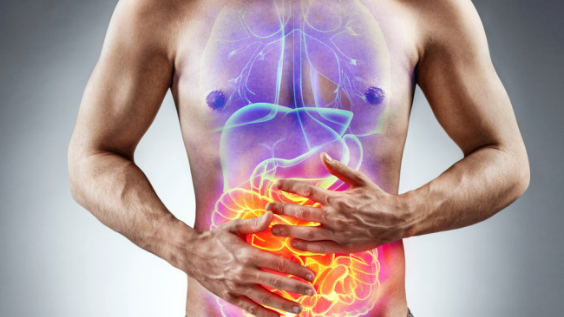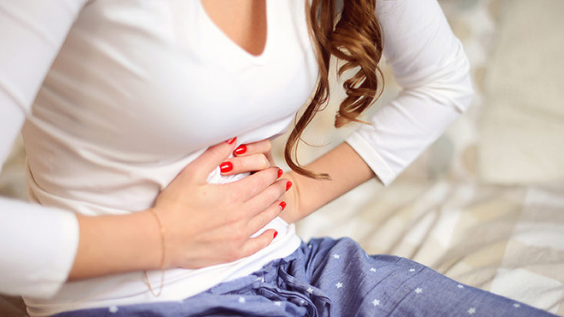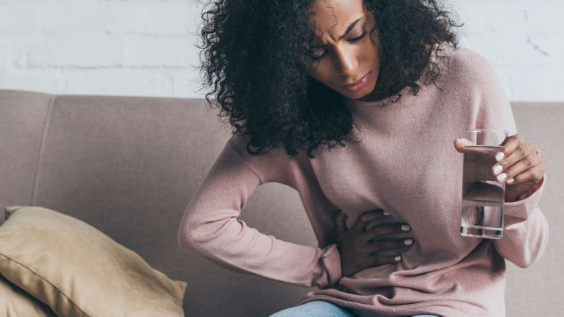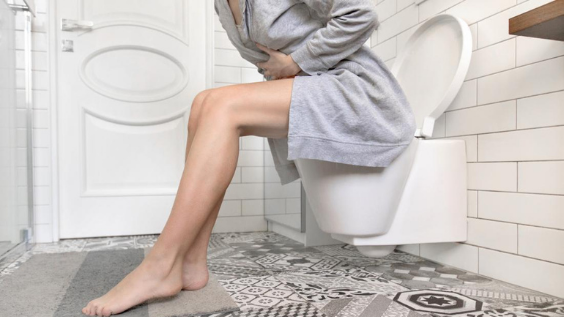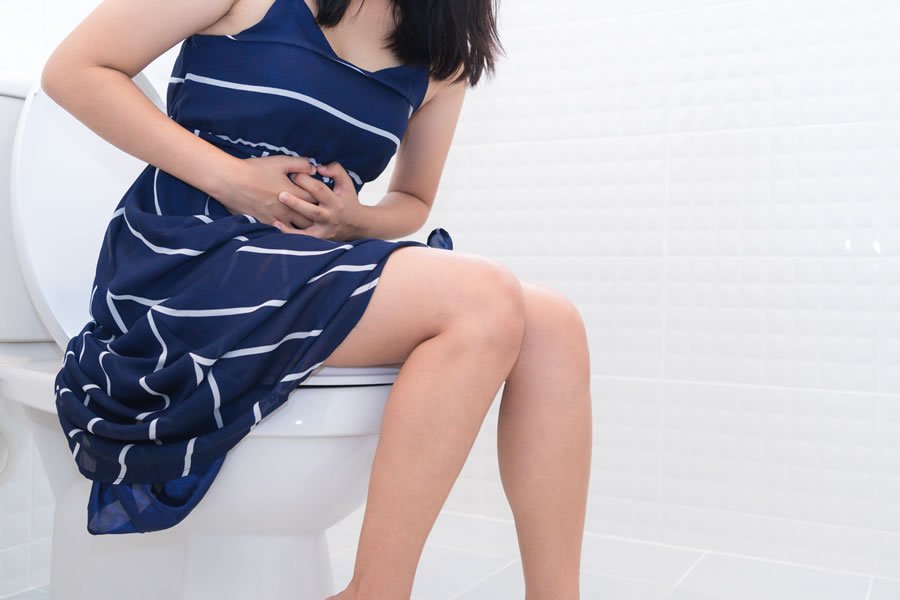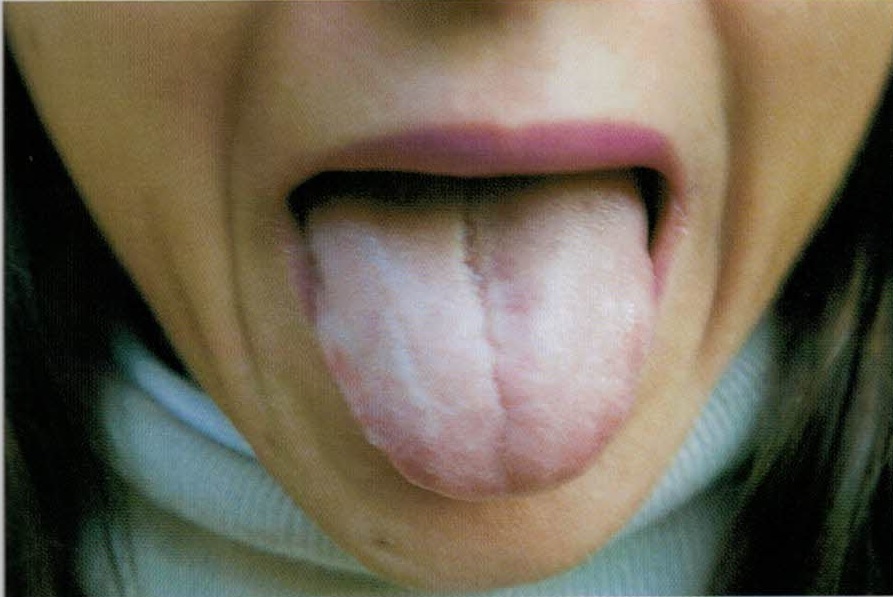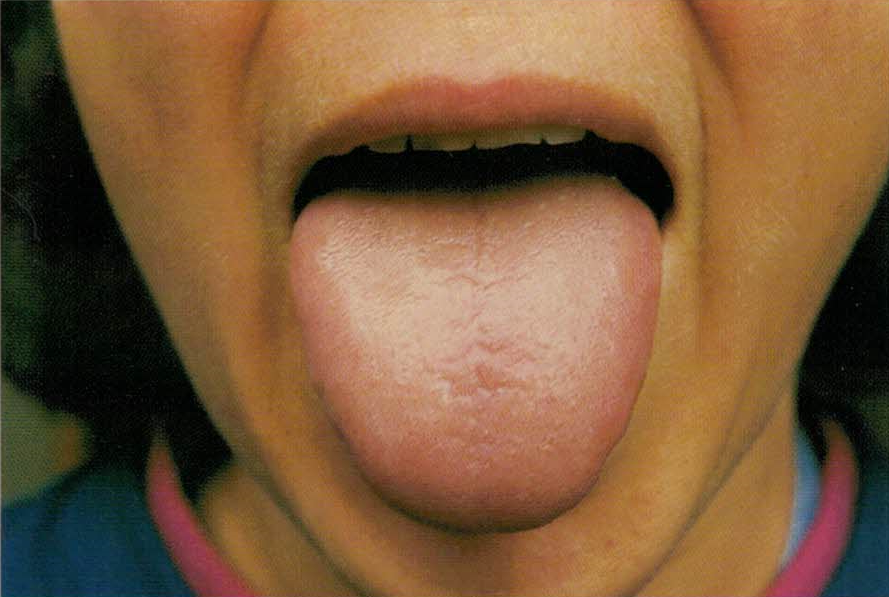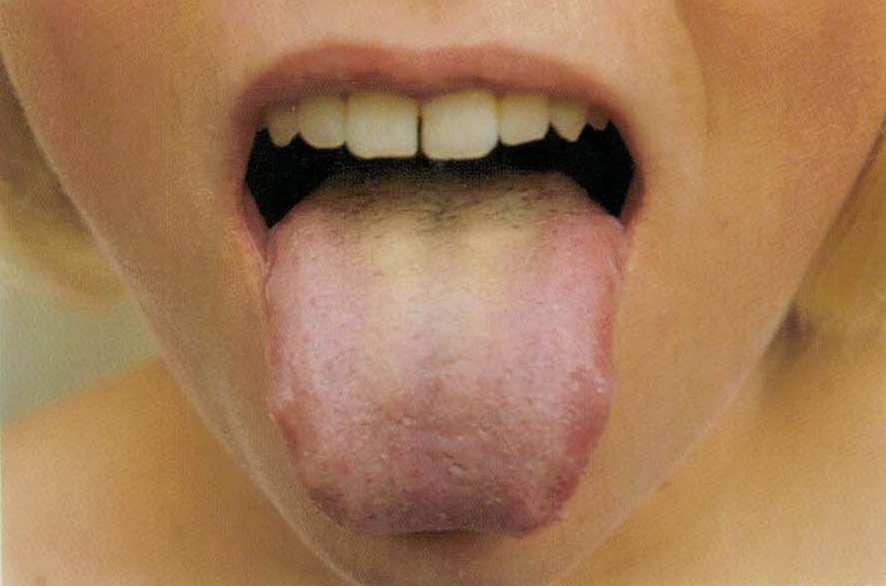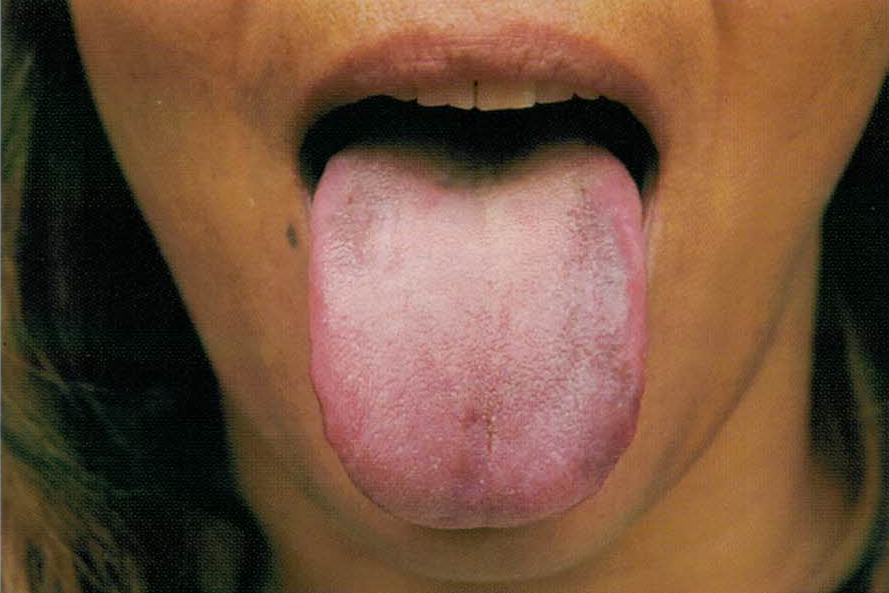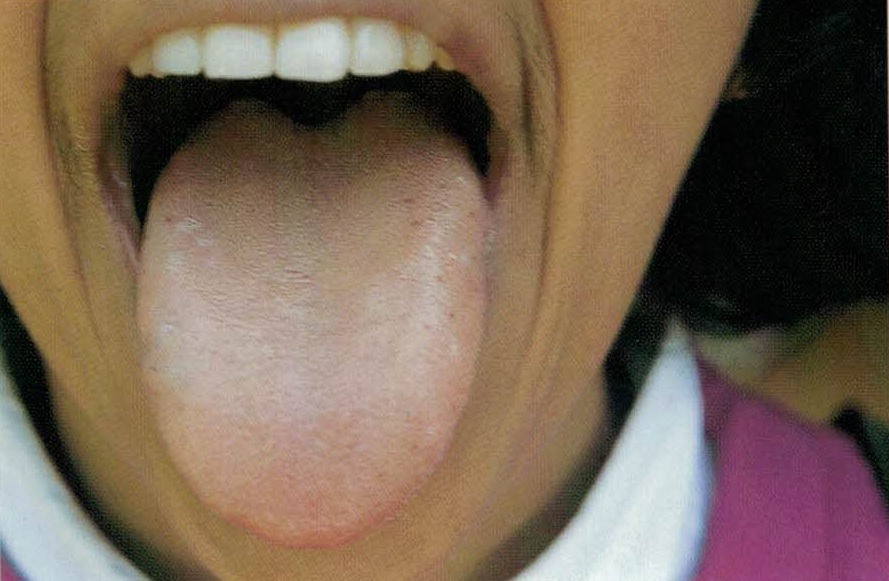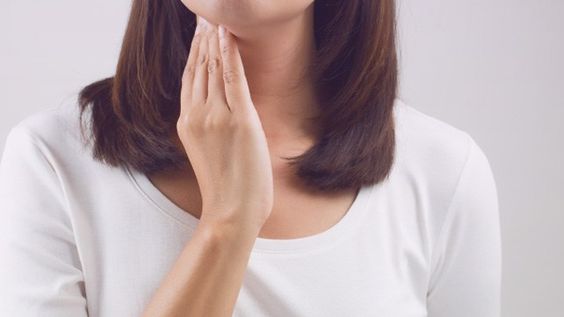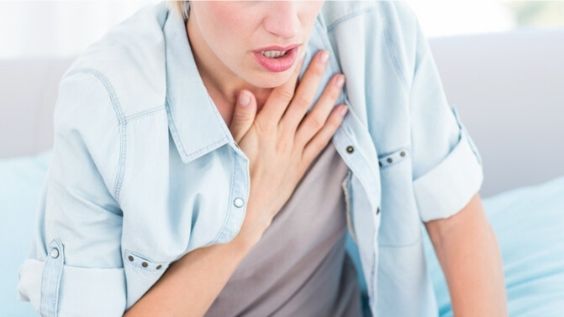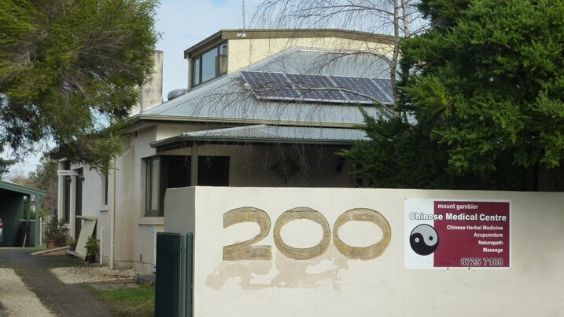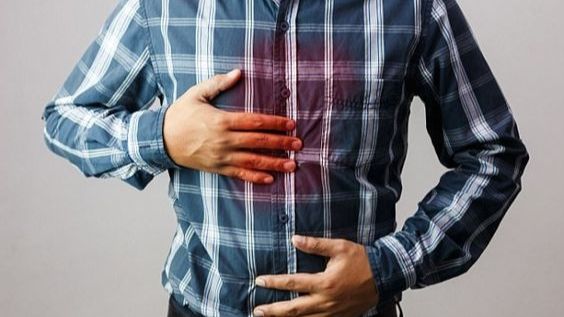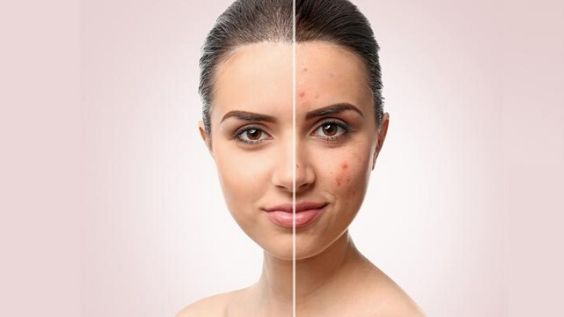Take a moment to step away from what you know about acid reflux. Let’s
look at this painful symptom from a different angle. Could it be that
the body is giving you a sneak peek into the deeper energetic workings
of your body? Traditional Chinese medicine views symptoms as messages of
a deeper imbalance. Getting to the root cause of the problem will not
only fix the problem for good, it will rebalance the body itself. Once
the body works in harmony, disease—or symptoms such as acid
reflux—cannot and will not appear.
All aspects—body, mind and spirit—have to cooperate for optimum health.
Think of your car. For it to operate smoothly, the engine has to
function properly. But that’s not all! The engine also has to cooperate
with the wheel, which is connected to the steering mechanism. When you
push down on the brake pedal, it has to engage other parts to be sure
you stop safely. All parts of the car have to function properly
themselves. Then they need to work together so the car rides well. You
also need some form of energy to power the car. And don’t forget—you
need to be a good driver.
Traditional Chinese Medicine Acid Reflux Patterns:
Liver Qi Invading the Stomach
Recurrent
acid reflux aggravated by mental stress and/or emotional changes.
Depression, emotional instability, anxiety, sighs often. Chest pain,
blocked feeling in the chest, distension & tenderness of the
hypochondrium, abdominal distension or pain. Cold extremities while the
rest of the body is warm. Nausea, alternating constipation &
diarrhoea, incomplete defection. Irregular menstruation, dysmenorrhoea,
premenstrual breast swelling and pain. Tongue: Red with thin white coat.
Pulse: Wiry or deep.
Stomach Heat
Recurrent
acid relux aggravated by heating foods such as spicy foods, alcohol,
chocolate, coffee or stress. Often occurs in early morning hours. Bad
breath, excessive hunger, thirst and desire for cold drinks,
irritability, restlessness, anxiety, flushing, bloodshot eyes,
stomstitis, insomnia, distended hypochondrium, nausia. Tongue: Red with a
yellow coat. Pulse: Wiry, slippery and rapid.
Phlegm-damp
Acid
reflux. Dull heavy sensation of the extremities, tiredness, lethargy,
foggy-headedness, may be overweight or pear-shapes, greasy skin.
Distension and fullness of the upper abdomen, sticky sensation in the
mouth, decreased sense of taste, indigestion, anorexia, belching,
nausea, vomiting, diarrhea. May have chronic mucus problem. Tongue:
Swollen with white, thick, greasy coating. Pulse: Soft and moderate or
slippery.
Food Stagnation
Acid
reflux after eating large or hard-to-digest meals. Indigestion,
abdominal fullness and distension, abdominal pain, eructation,
constipation or diarrhea, flatulence. Tongue: Thick and sticky tongue
coating. Pulse: Slippery, full.
Spleen Qi Vacuity
Acid
relux exacerbated when eating hard-to-digest foods (e.g. raw foods).
Tires easilty, general feeling of weakness, ‘heavy’ limbs, feeble voice,
pale complexion, bloating after eating, feeling tired after eating,
impaired sense of taste, upper abdominal distension, abdominal pain that
is relieved with warmth and pressure, general aversion to cold. Tongue:
Pale and flabby with thick, white greasy coat. Pulse: Slippery and
weak.
Stomach Yin Vacuity
Chronic
acid reflux, hyperacidity, may be exacerbated with stress, often occurs
during the night. Hunger but no desire to eat, dry mouth and throat,
dry retching, hiccough, discomfort in the epigastrium, dull epigastric
pain, dry stool or constipation. Tongue: Dry with little or no coating,
especially in the centre. Pulse: Thready rapid.
Treatment
will be a combination of acupuncture and Chinese herbal medicine.
Acupuncture points and herbal recommendations will differ person to
person.



